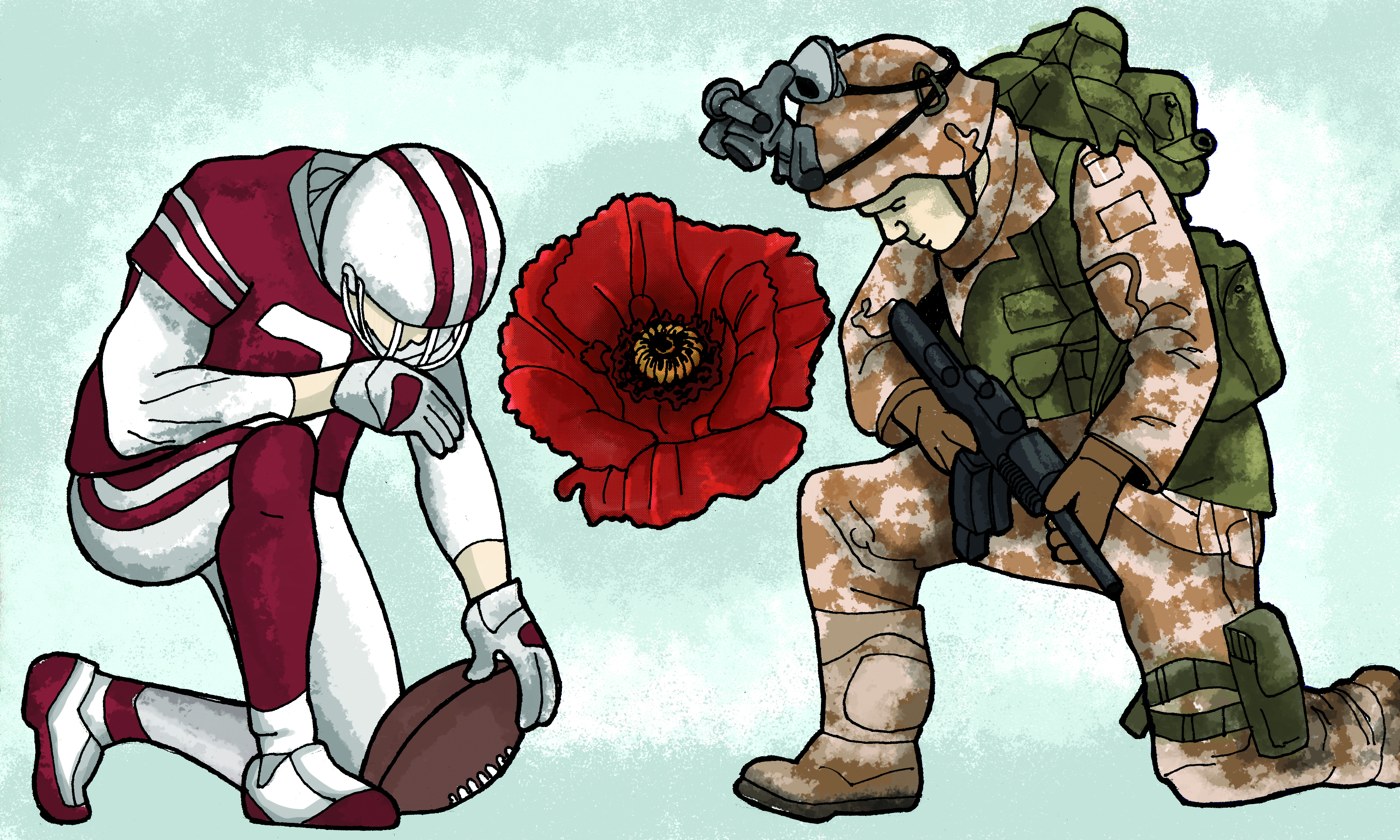Just over 1,900 years ago, in the first century AD, the Roman poet Juvenal was composing scathingly honest impressions of the state of life in the Roman Empire. Witnessing the demise of political stability, Juvenal wrote of a culture that glorified amusement.
With a large portion of the Roman population hungry for entertainment, political leaders of the day were quick to capitalize on the short-sighted and self-absorbed state of the masses. Politicians began offering citizens free wheat and circus games in exchange for their votes. Juvenal lamented the general Roman descent into political apathy and commented that all that the populace was really concerned about were bread and circuses.
And when it came to circuses, the Romans knew what they were doing. They had the Circus Flaminius, Neronis, Maxentius and the most opulent one of all — Maximus.
Originating from the Greek word kirkos, meaning circle or ring, the term circus is a rather simple one. Yet a look back at what took place in the ancient ring reveals that circuses may not be quite as happy and amusing as many would want us to believe.
Built in the sixth century BC by Tarquinius Priscus, the fifth King of Rome, Circus Maximus was a circular track between the Aventine and Palatine hills. A grand structure with tiered seating for 250,000 people, it quickly became one of Rome’s most popular attractions. Circus Maximus was so popular that in 50 BC, Julius Caesar expanded the seating to accommodate 20,000 more people.
Emperor Trojan later added an additional 5,000 seats, however this proved to be too much when an upper tier collapsed in 140 AD, killing 1,112 spectators. To this day it remains one of the deadliest sports disasters in history.
The crowds were drawn to the Circus Maximus for the chariot races, the main event that took place in the ring. The stands were one of the few public spaces where men and women could sit together. Betting on the races was common, as was prostitution. Injury and death also became common occurrences when the chariots crashed or spectators violently settled disputes. The macabre air surrounding the Circus Maximus extended to its other events such as the gladiator combats and wild animal hunts that took place.
Yes, this is what passed for entertainment in those days and these are the beginnings of the modern day circus we know today. The last chariot race in the Circus Maximus took place in 549 AD. Soon after the Circus closed, the building was looted and pillaged, leaving circular skeletal remains that are still evident today. Circus Maximus now has the honour of being the name of a Norwegian melodic metal band with glam metal influences — the ancient Romans would be proud.
After a long hiatus that saw small traveling circuses in Europe, England began showcasing arena-sized circus performances in the late 1760s. The London Hippodrome entertained crowds with acrobatics, plays and wild animals such as lions and elephants. Unable to sustain a constant audience, permanent circuses fell out of popular favour once again and reemerged a century later as larger cross-continent traveling circuses. It was at this time that the now well-known red striped tent became a circus hallmark while wild animals and acrobats continued to be the main crowd pleasers.
In Russia, Vladimir Lenin was said to be so enamored by the circus that he nationalized the circus and supported the establishment of the State University of Circus and Variety Arts, which trained circus performers. To this day the Russia State Circus is still very popular.
In North America, traveling circuses were popularized by P.T. Barnum, who presented audiences with a museum, menagerie and circus all under one roof, known as the “big top” tent. This show marked a uniquely American circus addition — side shows. This aspect of his show drew crowds by piquing viewers’ curiosity with promises of glimpses of such anomalies as mermaids and Jumbo the elephant.
In the 1970s, the popularity of circuses were once again on the decline as animal rights activists spoke publicly against the cruel treatment of circus animals. Although this led to more transparency regarding how circus animals are treated, many still believe that any animal in captivity is being treated cruelly. It has also been speculated that the increasing popularity of televisions, movies and now the Internet has made the circus a less attractive event to people who are now being entertained in the comfort of their own homes.
But circuses featuring exotic animals are not dead. Traveling circuses still perform at small venues, recently at the Grant Park mall parking lot, but tend to draw the attention of animal rights advocates on a regular basis as well. Human circuses such as Cirque de Soleil are now gaining popularity as the contentious circus animal issue has actually changed the circus landscape.




